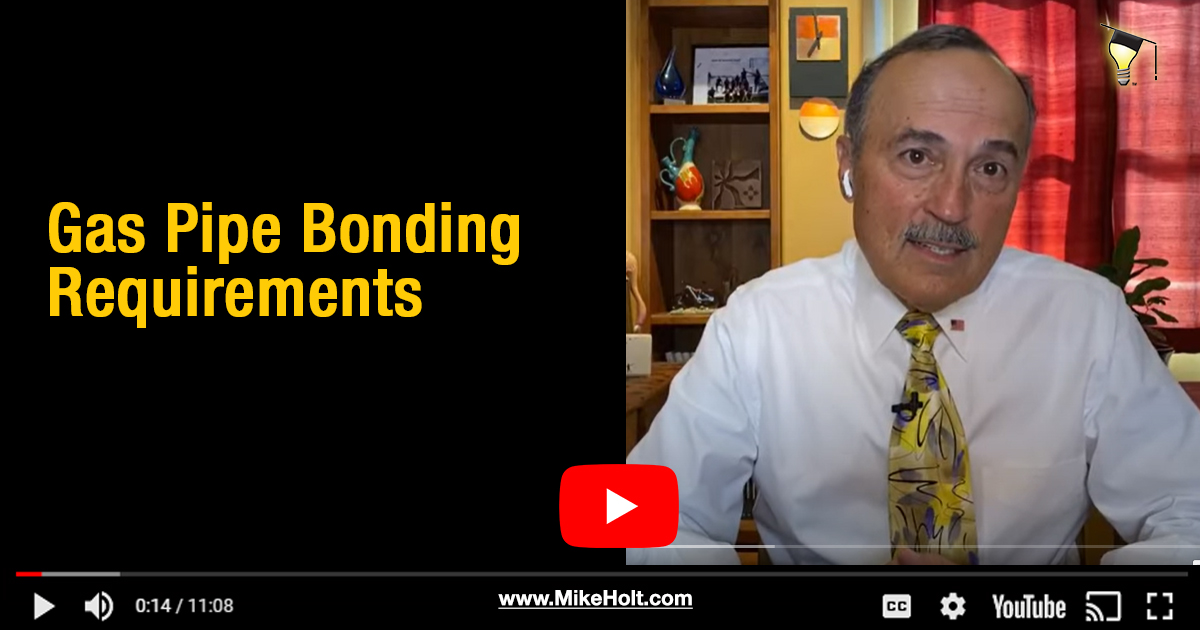Technical Substantiation.
On the technical lightning safety issues surrounding CSST, the CSST Task Group reported that it had sought information on the research that supports the current CSST bonding requirements of NFPA 54, including any research performed by or on behalf of any manufacturers. The reports received were of limited value and as stated in the CSST Task Group report provided to the Council "did not provide enough information for the CSST Task Group to ascertain that the proposed bonding remedy will provide adequate protection from lightning induced surges.” In addition, the CSST Task Group noted limited anecdotal reports concerning failures where the bonding of the installation may have complied with the current edition of NFPA 54. The CSST Task Group cautioned that the lack of detailed information or incident reports made assessment of these anecdotes impossible.



